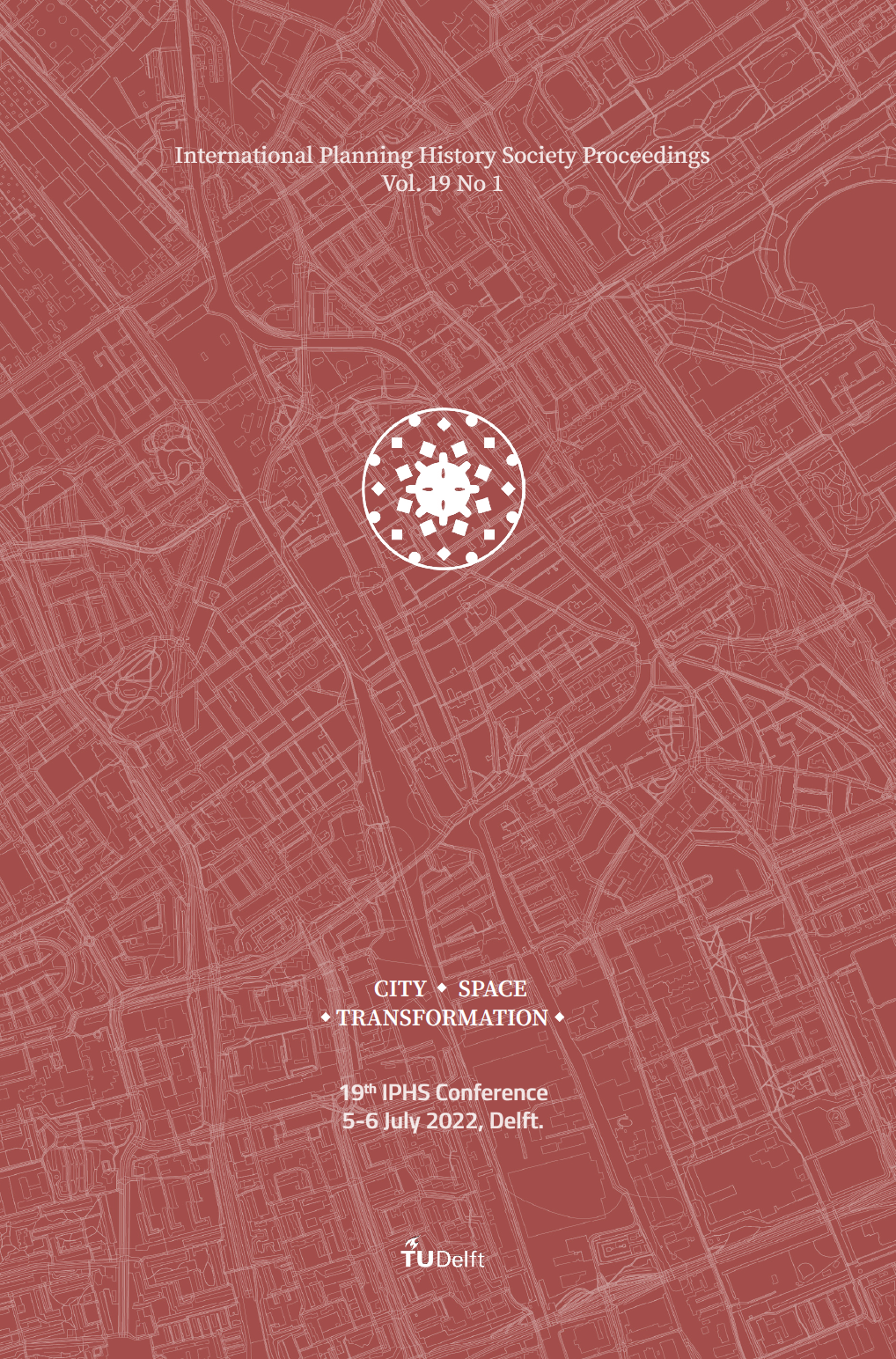Research on Spatial Transformation and Reusing Strategy of Historic Urban Landscape under Cultural Tourism Guidance
Take Harbin Old Port Area as an Example
DOI:
https://doi.org/10.7480/iphs.2022.1.6687Abstract
Under the background of urban development characteristic changes from incremental construction to stock renewal, many resource-based cities in northeast China have faced such problems as spatial degradation, cultural fracture, and idle heritage. Therefore, this study takes the Harbin old port area as an example. The utilization mode of cultural tourism is determined through the port’s historical development analysis and heritage value evaluation. Based on this, the spatial transformation and resilient planning of the old port area can be completed, while the vitality of heritage and development of the city can be stimulated. The research mainly includes three stages. First of all, it analyses the development characteristics of the Shipping Culture by dividing four historic layering stages, so the relevant historic urban landscape elements are extracted and divided into types. Then, the evaluation system of heritage value and reuse potential is established, and the value grade and remodel degree of landscape elements are determined. Finally, according to the current characteristics of elements at each level, different corresponding development modes are matched. Based on the supply of tourism products, the port is also activated through the reconstruction of the tourism system. Then realize the balanced development goals of heritage protection and utilization and urban space transformation.
Downloads
Published
How to Cite
Issue
Section
License
Copyright (c) 2022 Huan Zhang, Zhiqing Zhao

This work is licensed under a Creative Commons Attribution 4.0 International License.

